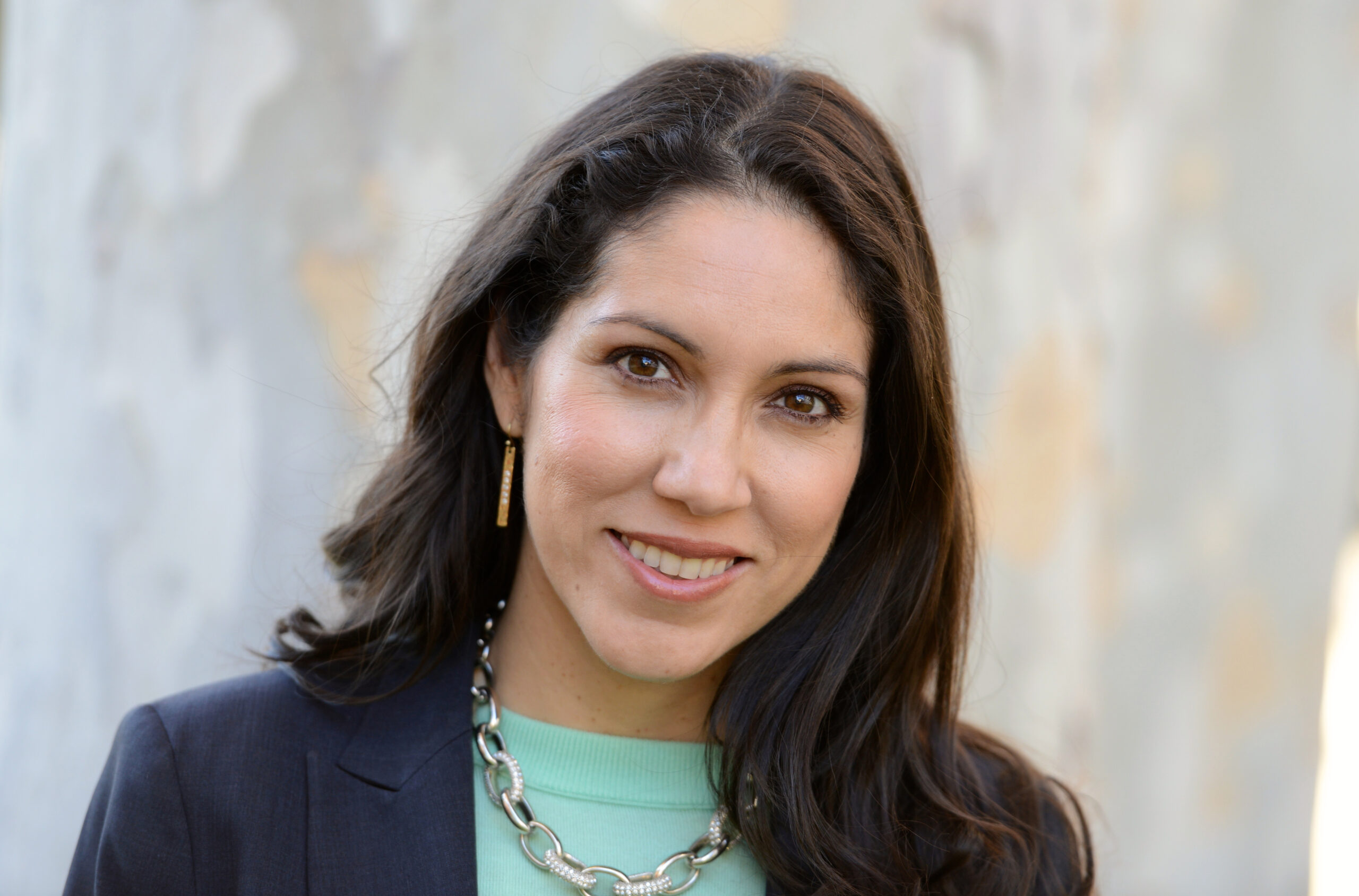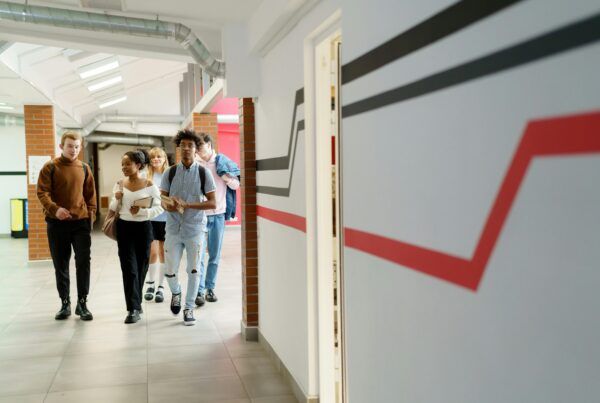In the next installment of the Strategic Finance Learning Studio interview series with Rick Staisloff, we’re talking with Maria Anguiano, Senior Vice President for Strategy at Arizona State University, discussing finances, business models and higher education.
Rick Staisloff:
We’ve been asking each of our interviewees what they’re doing right now that’s working. I know you’re doing a lot with your team at ASU; what’s the best idea you’ve put in place that’s helping you respond in the short term, but also driving toward long-term sustainability?
Maria Anguiano:
I think the best thing we’ve done so far is to Zoom-enable many of our classes. We already had a huge online portfolio, over 180 degrees, but most of that was asynchronous. With this new capacity, we’re able to both deal with the current issue and create future flexibility and capacity for our students. We’ve realized we can also do synchronous at scale.
Rick Staisloff:
I think that points out where a lot of our best practices are likely to land. It’s probably more face-to-face and online coming together.
Maria Anguiano:
Exactly. I think there’ll be a lot more integration or what I’m calling the “hybridization of education.” Remote learning can be sustainable over the long term. Students can be on campus, for example, but synchronously taking a remote course. We’re going to see a lot of integration.
Rick Staisloff:
Let’s jump into our main topic. We’ve been calling this “beyond a bail out.” That is, while most of higher education’s focus has been on adjusting to revenue changes, we haven’t looked much at the expense side of the equation. Why does providing quality education cost what it costs? In the current COVID environment, of course, the biggest calls are for more federal support and bailouts. Is that the right solution? Should we just keep adding commas and zeros to what we want our public sources to be providing to higher ed right now?
Maria Anguiano:
I always think about Maslow’s hierarchy of needs. When your house is on fire, it’s really hard to be thinking about your five-year plan as a person, or as an institution. Until we get our universities and colleges on stable footing, it’s going to be hard to envision what the future might look like. That makes the bailouts really important from a stabilization standpoint.
Rick Staisloff:
So, if our house is on fire, we’re not going to decide what a future renovation might look like. We’ve got to stabilize things in the short term. But can we do that in a way that sets us up for a longer term look toward sustainability? Can we do both?
Maria Anguiano:
There are lost revenues and immediate expenses such as COVID testing that have to be dealt with – you have to put that fire out before you move forward. But I do think there are lessons being learned along the way that will serve us well in the long term. For example, do we need to build any more 900-person lecture halls, if we can create a robust remote learning environment instead?
I see opportunities for innovation in the delivery of courses, and in all the things that professors are learning as they experiment. “Zoom university” won’t be a magic answer to all of our pedagogy challenges, but the forced shift to more remote learning has opened us all up to new ideas. I think that’s how what we’re doing now prepares us for the future.
Rick Staisloff:
Is there also an element of acceleration? That is, some of what we’ve been talking about doing for a long time we’re actually doing now. Some of it may not work, but we’ll learn along the way.
Maria Anguiano:
That’s the key to me. Are we learning from this or do folks just want to revert back to what was? I see your point about how bailouts could allow folks to go back to exactly what they were doing. But I don’t think that will be the case. We’ll be able to accelerate quicker as professors, departments and schools start to learn from experience. The winners here will be those who take the lessons and figure out what to do in the future.
Rick Staisloff:
What would you tell those in leadership roles about how to keep that dialogue going? How do we keep those ideas surfaced, building on this one or investing in that one?
Maria Anguiano:
That’s a tough question. How do you do that effectively? I think what works well is to have folks participate in brainstorming about how we might be more effective. It’s exciting for people to participate in designing the future and seeing their own feedback reflected in what we do.
Setting up the right type of communication to me is critical. Sometimes people think communication means one directional. I’m talking about how do you engage people at scale to hear the ideas reflected back at you? We want to co-develop rather than just communicate one way.
Rick Staisloff:
I think that’s great advice. Also data. How do we know what’s working, how do we even define what working means and bring that together?
Maria Anguiano:
I’ve spent much of my career helping institutions better understand their cost structures. That’s included creating models that allowed us to see both the revenue and expense side of our courses. Though ultimately, I really don’t see those two as separate. By themselves they really mean nothing, right?
For example, if I have $100,000, will that be enough to cover my expenses? If I don’t know what the expenses are, how could I possibly know? It’s only when you combine revenue and expense numbers that you start getting insights about what that might mean for operations.
Rick Staisloff:
What have some of your “aha moments” been in using data in this way to support lasting change?
Maria Anguiano:
At one institution I worked at, we found that our computer science courses were very effective from a teaching perspective, but when you looked at the total unit data, they were very expensive. That “total expense” view kept us from growing this program. When we started looking at the granular data, however, we realized that on a per student basis, it actually was financially sustainable. Plus, this was a high need area with strong student interest. By getting to the right data, we were able to make better decisions.
Rick Staisloff:
So, you got the data and put it to work. What about the culture change? Were you as successful there?
Maria Anguiano:
The use of good data visualizations helped to get people on board. What was difficult was being able to train everyone to use this data effectively for themselves. If I had insights, it was easy to communicate them. But how do you get a massive group of people to take that same data and have those same insights themselves, and then do something about it? That’s the hard part, and the part maybe I haven’t figured out yet. That shift in the culture needs to come from everywhere in the organization. From department chairs and deans, and not just the provost or the CFO.
Rick Staisloff:
I had a provost who once told me “what I want you to do is get us to the point where the faculty are arguing with each other about the data and not arguing with the administration about the data.” And it was a good way to frame our key goal. To focus on creating meaning from the data.
Maria Anguiano:
I love that! That’s such great framing.
Rick Staisloff:
Some of what we’ve been talking about points to an understanding of net revenue and margin. We don’t always like to use those words. Do you think, as an industry, we’re going to get over that resistance? Our knee jerk reaction is that higher ed is not a business.
Maria Anguiano:
I like to think about it as an enterprise, because enterprise is a more neutral word. Business by definition is for profit, so I get why folks react poorly. No, it’s an enterprise, which needs to be financially sustainable. I would say in education, especially with digital aspects, a lot of it is really looking at the marginal costs, marginal revenues and how those stack up.
Ultimately, many campuses have a massive amount of fixed expenses. They’re big campuses with massive infrastructure, so that’s a fixed cost. In any industry where you have massive fixed costs, the question is how are you able to produce as much as you can with some of those fixed costs? You don’t necessarily think about the expense side and how to cut things, but how to better utilize your assets. Ultimately, how are you able to serve more students?
Rick Staisloff:
How does the element of scale play into all of this?
Maria Anguiano:
The digital world is very different from the analog world. In a digital world, the more money you have to invest into your products, the better your products actually are. In education, the mindset shift is going to be if you have more money, if you have $2 million to invest in the best biology course, that’s much better than having $100,000 to invest in that biology course. In order to have the $2 million, you need scale. I think we’ll see a shift in how universities collaborate to invest for a more scaled approach.
Rick Staisloff:
I love this because it takes us toward that path of reinvestment and return on investment. It’s not just cost savings and margin; it’s about generating resources to reinvest in mission and student success, which really is a culture shift. It’s a whole different way to think about the academic enterprise.
Maria Anguiano:
Yes! I definitely have seen a mindset shift. Helping people understand the dynamics in a digital world actually will, I think, lead to a lot of innovation. It’s different economics, different behaviors, different everything in that world. And if you start to integrate this with the analog world, that leads to a whole other set of ways to learn.
Rick Staisloff:
Do you think the opportunity is also there for small, private liberal arts colleges? Can we apply that kind of thinking at different levels across sectors of higher ed?
Maria Anguiano:
Absolutely. Some massive universities are still not doing this; they’re still not thinking about how we invest as a system to create more capacity. It’s the same at small liberal arts colleges. All universities will need to collaborate, both to create the best learning resources and reduce the per unit cost for themselves through co-investing with others.
Rick Staisloff:
What’s your biggest hope coming out of the current crisis for higher ed?
Maria Anguiano:
My biggest hope is that we take the current situation to really reimagine and envision a new future. We don’t just go back to the world as it was, but think about how we provide more access and affordability to all the learners out there that need it. Right now, we have not just the current population, but there are tens of millions of Americans, let alone the whole world that needs access to more education. What has this taught us about our capabilities to be able to provide those learning offerings to folks, either in the U.S. or around the world?
Rick Staisloff:
That’s a pretty big hope. When we talk only about bailouts, I worry that we’re not thinking about the reinvention. That we’ll prop up a model that most of us have said won’t work long term. Does that then mean those kinds of supports are bad? No. In the short term, they help us get through, but it’s vital we keep our eyes on the future and the fact that a new model is within our grasp. We’ve got to have that willingness to push toward a culture change.
Maria Anguiano:
It’s true. Students are going to demand it with a lot more urgency than they did months ago.
__
Check out the Strategic Finance Learning Studio with Rick Staisloff series, brought to you in collaboration with the American Council on Education. Please stay safe and healthy in the present moment as you care for your students, your faculty and your staff. Higher ed needs you.
Ready to discover more insights? Sign up to receive the monthly rpk Update.



